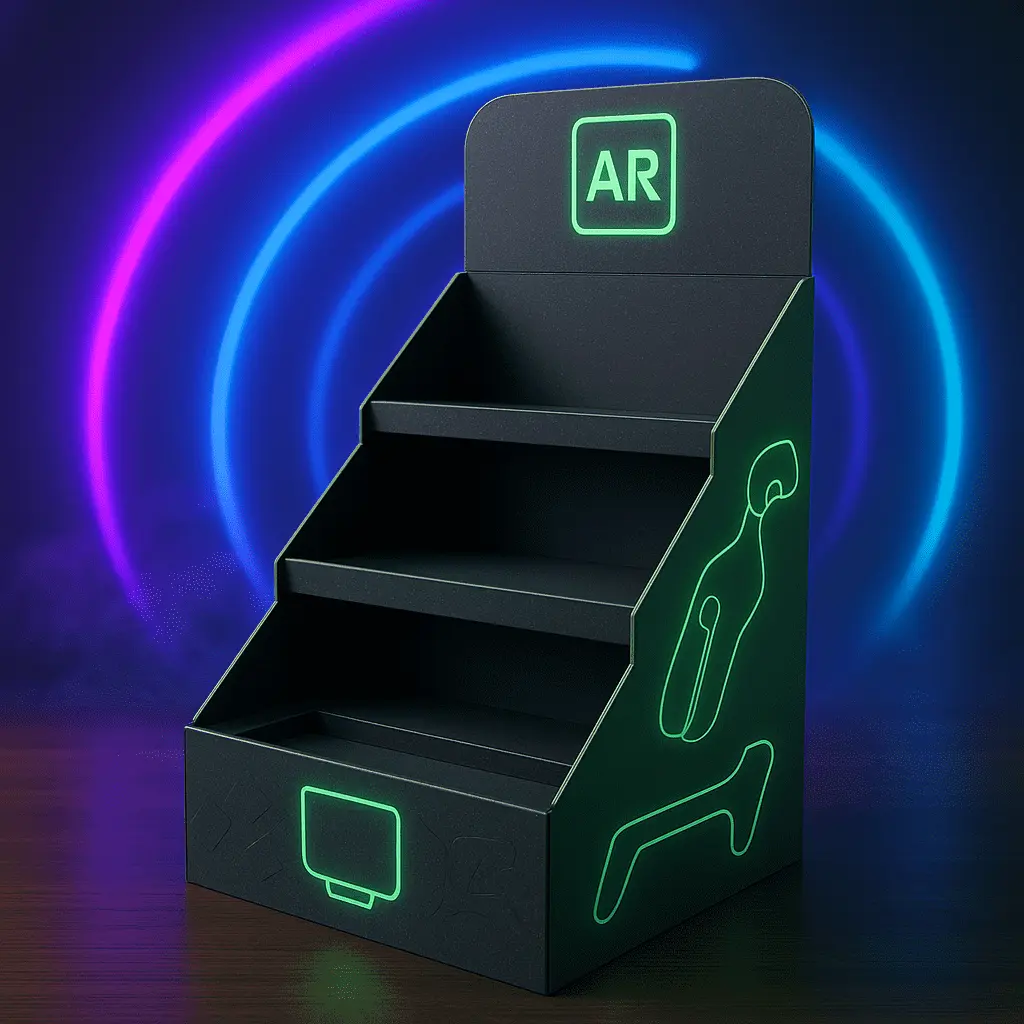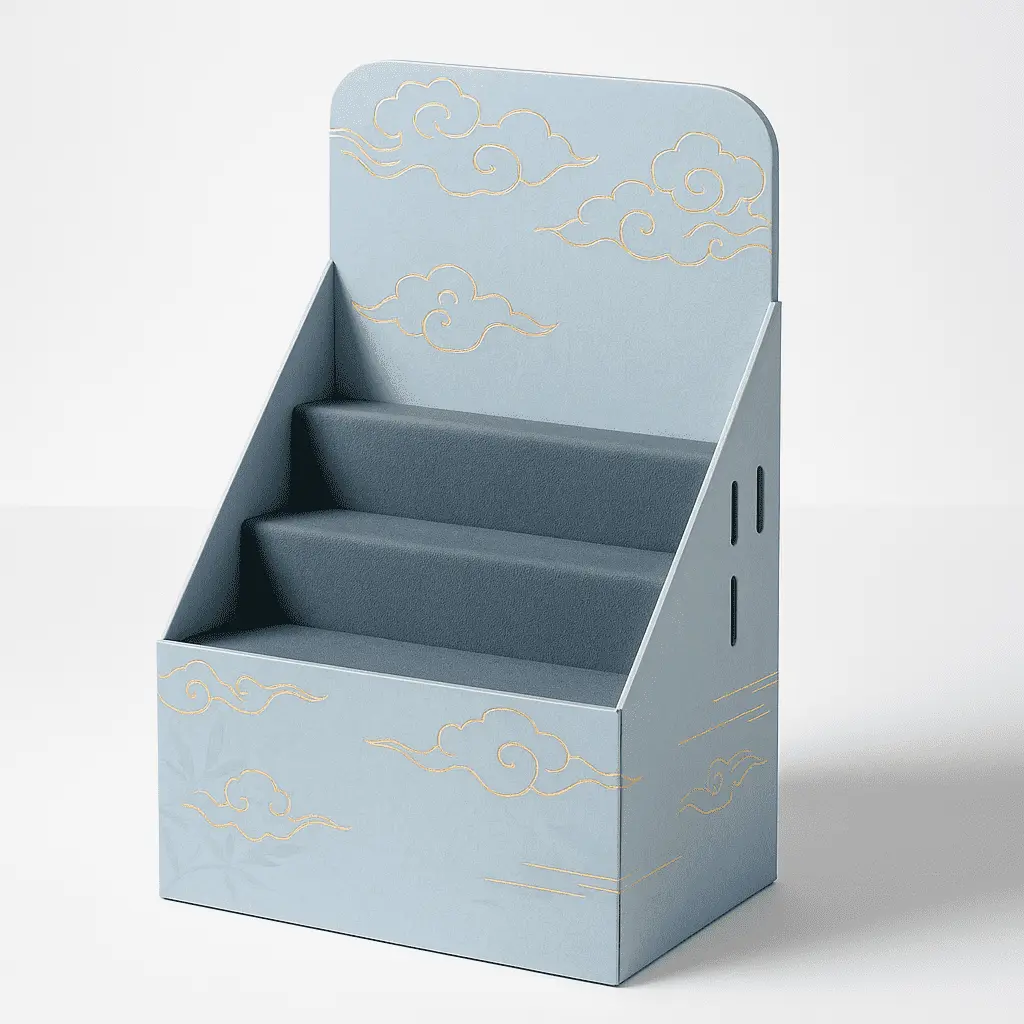The Impact of PDQ Displays on Shopper Behavior
Enhancing Product Visibility and Accessibility
PDQ retail displays play a crucial role in improving product visibility within stores. These strategically designed units are often placed in high-traffic areas, such as endcaps or near checkout counters, where they can easily catch the eye of passing shoppers. The open and accessible nature of PDQ displays allows customers to interact with products directly, fostering a hands-on shopping experience that can significantly influence purchasing decisions.
Moreover, the compact and efficient design of PDQ displays enables brands to showcase a variety of products in a limited space. This maximizes the use of valuable retail real estate while providing shoppers with a comprehensive view of available options. The ability to browse and compare products quickly and easily can lead to increased customer satisfaction and higher conversion rates.
Driving Impulse Purchases
One of the key advantages of PDQ retail displays is their ability to stimulate impulse buying behavior. By presenting products in an attractive and easily accessible manner, these displays can trigger spontaneous purchase decisions. The strategic placement of PDQ units near checkout areas or alongside complementary products can encourage last-minute additions to shopping carts, boosting overall sales for both retailers and brands.
Furthermore, PDQ displays often feature eye-catching graphics and promotional messaging that highlight special offers or product benefits. This combination of visual appeal and informative content can create a sense of urgency or value, prompting shoppers to make unplanned purchases. The convenience factor of grab-and-go PDQ units also contributes to impulse buying, as customers can quickly add items to their baskets without disrupting their shopping journey.
Facilitating Product Education and Brand Storytelling
PDQ displays serve as powerful tools for educating shoppers about products and conveying brand messages. The ample space provided by these units allows brands to incorporate informative graphics, product descriptions, and usage instructions directly on the display. This on-the-spot education can help customers make informed decisions and feel more confident in their purchases.
Additionally, PDQ displays offer an excellent opportunity for brands to tell their stories and showcase their unique selling propositions. Through carefully crafted visuals and messaging, brands can communicate their values, heritage, and commitment to quality. This brand storytelling aspect of PDQ displays helps create emotional connections with shoppers, fostering brand loyalty and encouraging repeat purchases.
Designing Effective PDQ Displays for Maximum Impact
Incorporating Eye-Catching Graphics and Colors
The visual appeal of PDQ displays is paramount in capturing shoppers' attention and driving interaction. Effective designs incorporate bold, vibrant colors that align with the brand's identity while standing out in the retail environment. Eye-catching graphics, such as high-quality product images or lifestyle photography, can quickly communicate the product's benefits and appeal to the target audience.
Designers should also consider the use of contrasting colors and patterns to create visual interest and guide the shopper's eye to key areas of the display. By strategically employing color psychology, brands can evoke specific emotions or associations that resonate with their target market. For instance, using warm colors like red or orange can create a sense of urgency or excitement, while cooler tones like blue or green may convey trust and reliability.
Optimizing Product Presentation and Organization
The layout and organization of products within PDQ retail displays play a crucial role in facilitating shopper interaction. Effective designs prioritize ease of access, ensuring that customers can easily view and retrieve products without difficulty. This may involve tiered shelving, angled platforms, or custom-fit compartments that showcase products in their best light.
Product grouping is another essential consideration in PDQ display design. Arranging complementary items together or creating logical product hierarchies can encourage cross-selling and upselling opportunities. For example, a PDQ display for a skincare line might feature cleansers at eye level, with serums and moisturizers arranged in a logical sequence below. This thoughtful organization not only enhances the shopping experience but also subtly guides customers through the product range.
Incorporating Interactive Elements and Technology
To further enhance shopper engagement, innovative PDQ displays are incorporating interactive elements and technology. Touch screens or tablets integrated into displays can provide additional product information, showcase video demonstrations, or allow customers to explore a wider range of options not physically present on the shelf. These interactive features not only educate shoppers but also create a more immersive and memorable brand experience.
Some brands are experimenting with augmented reality (AR) features in their PDQ displays, allowing customers to virtually try products or visualize how they might look in their homes. QR codes on displays can link to mobile-optimized content, providing a seamless bridge between the physical and digital shopping experiences. By embracing these technological advancements, brands can create PDQ displays that not only capture attention but also provide value-added experiences that resonate with tech-savvy consumers.
Measuring the Success of PDQ Display Campaigns
Tracking Sales and Conversion Rates
One of the most direct methods of evaluating the effectiveness of PDQ display campaigns is through sales tracking. Brands and retailers can monitor the sales performance of products featured in PDQ displays compared to their performance when displayed through traditional merchandising methods. This comparison can provide valuable insights into the impact of PDQ units on product visibility and shopper engagement.
Conversion rates offer another crucial metric for assessing PDQ display success. By analyzing the ratio of shoppers who interact with the display to those who make a purchase, brands can gauge the effectiveness of their display design and product presentation. Advanced point-of-sale systems and inventory management tools can help track these metrics accurately, allowing for data-driven optimization of PDQ display strategies.
Conducting Customer Surveys and Feedback Analysis
To gain deeper insights into the shopper experience, brands can conduct customer surveys or focus groups centered around their PDQ retail display campaigns. These qualitative research methods can uncover valuable information about customer perceptions, preferences, and pain points that may not be apparent from sales data alone. Questions might explore factors such as the display's visibility, ease of product access, and the clarity of information provided.
Additionally, analyzing customer feedback from various channels, including social media, online reviews, and in-store comments, can provide unsolicited insights into the effectiveness of PDQ displays. This feedback can help brands identify areas for improvement and highlight unexpected benefits that may inform future display designs.
Utilizing Heat Mapping and Shopper Behavior Analysis
Advanced retail analytics tools, such as heat mapping technology and shopper behavior analysis, can offer valuable data on how customers interact with PDQ displays. Heat maps can visualize customer movement patterns within stores, showing how effectively PDQ units attract attention and influence traffic flow. This information can help optimize display placement and design for maximum visibility and engagement.
Shopper behavior analysis, through video analytics or sensors, can provide detailed insights into how customers interact with PDQ displays. Metrics such as dwell time, touch points, and product handling can reveal which aspects of the display are most effective in capturing attention and driving engagement. These data-driven insights enable brands to refine their PDQ display strategies continually, ensuring they remain effective in an ever-evolving retail landscape.
Conclusion
PDQ retail displays have emerged as a powerful tool for brands to drive shopper interaction and boost sales in the competitive retail landscape. By enhancing product visibility, stimulating impulse purchases, and facilitating brand storytelling, these versatile units offer numerous benefits for both brands and retailers. The key to maximizing the impact of PDQ displays lies in thoughtful design, strategic placement, and continuous optimization based on performance metrics and shopper insights. As the retail industry continues to evolve, brands that effectively leverage PDQ displays will be well-positioned to create engaging in-store experiences that resonate with consumers and drive long-term brand loyalty.
Contact Us
Ready to elevate your brand's retail presence with eye-catching PDQ displays? Let our team of packaging experts at Guangzhou Huadu Fetching Color Printing and Packaging Co., Ltd. help you create custom PDQ solutions that captivate shoppers and drive sales. Contact us today at support@fetchingprinting.com to discuss your unique packaging needs and discover how we can bring your vision to life.





